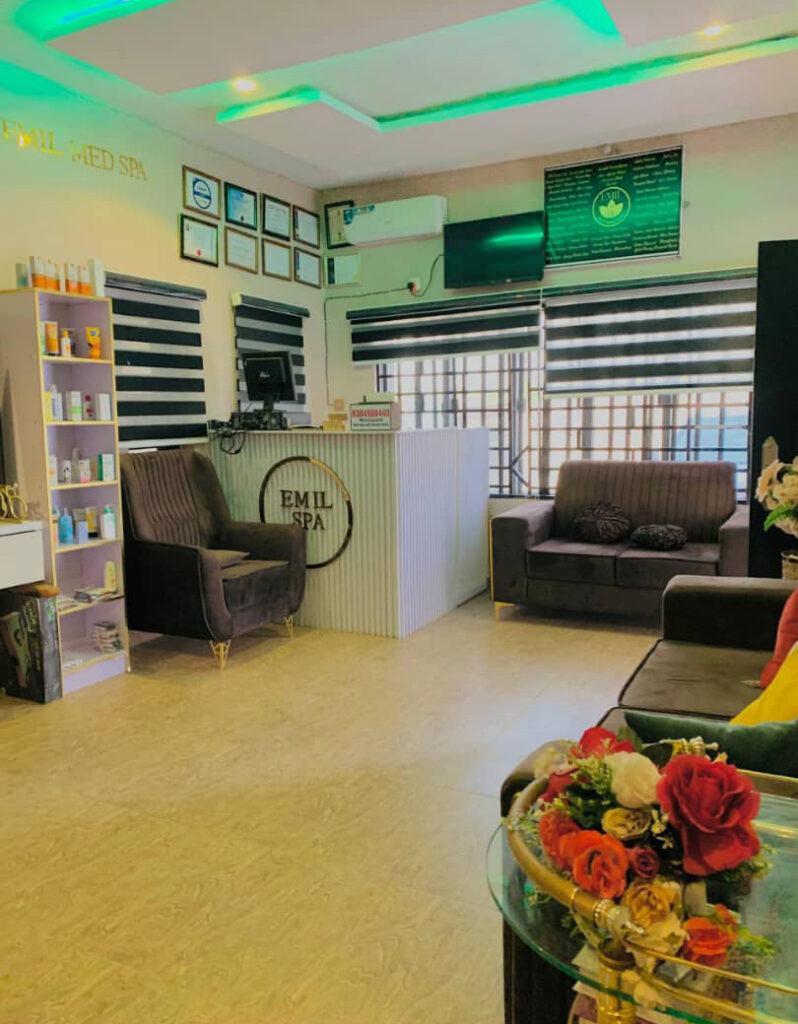- Home
- Services
-
-
Body Treatment
-
Vitamin IV Therapy
-
Massage
More Services

Considering a Service?
Feel free to reach out via message
or phone call. -
-
- Training
- Our Blog – Skincare Info At Your FingerTips
- Shop
- Contact
24hrs, Mon - Fri.
[+234] 70 3292 6970
- Home
- Services
-
-
Body Treatment
-
Vitamin IV Therapy
-
Massage
More Services

Considering a Service?
Feel free to reach out via message
or phone call. -
-
- Training
- Our Blog – Skincare Info At Your FingerTips
- Shop
- Contact
This website uses cookies to ensure you get the best experience on our website.
Download our app
Manage payments, schedule services, rate our service, track deliveries & more.
From
iOS App Store
From
Google Play
Newsletter
Subscribe to get exclusive offers, beauty tips & updates.
Follow Us on
Services
-
Medical spa
-
Dermatherapy
-
Aesthetics
-
Botox
-
Dermafiller
-
PDO threadlift
-
Body Treatment
-
Vitamin IV Therapy
-
Facials
-
Pedicure
-
Massage
-
Chemical Peel
-
Body Enhancement
-
Mesotherapy
-
Semi Permanent Makeup
-
Haircare/Hairdressing & Washing

In aesthetics, alginates and exosomes are two very different tools — one is more of a skin treatment material, the other is a cell-signaling powerhouse.
Here’s how they fit in:
1. Alginates
Natural polysaccharides derived from brown seaweed (alginate salts, usually sodium alginate).
Primarily used in mask formulations — especially “rubber” or peel-off alginate masks.
2. Exosomes
Tiny extracellular vesicles naturally released by cells (especially stem cells) that carry proteins, lipids, RNA, and growth factors.
Cutting-edge regenerative skin therapy. They are messengers that tell skin cells to repair, regenerate, and produce collagen/elastin.
Key Differences
💡 In practice:
Alginates are more of a finishing step in a facial to calm and seal in benefits.
Exosomes are active treatments that change how skin cells behave over time.
Some clinics actually combine them — exosomes first (after microneedling), alginate mask after, to lock them in and reduce redness.